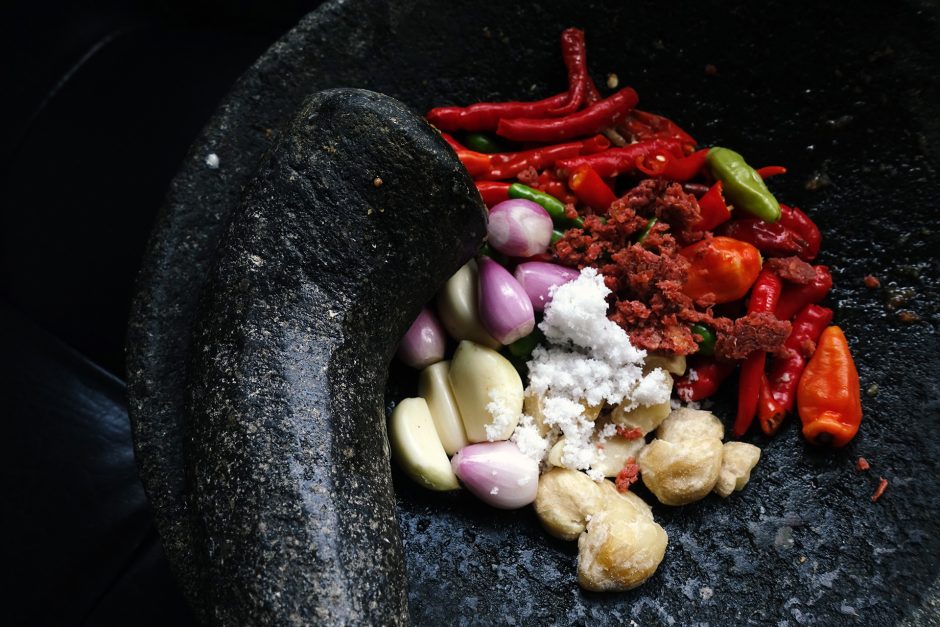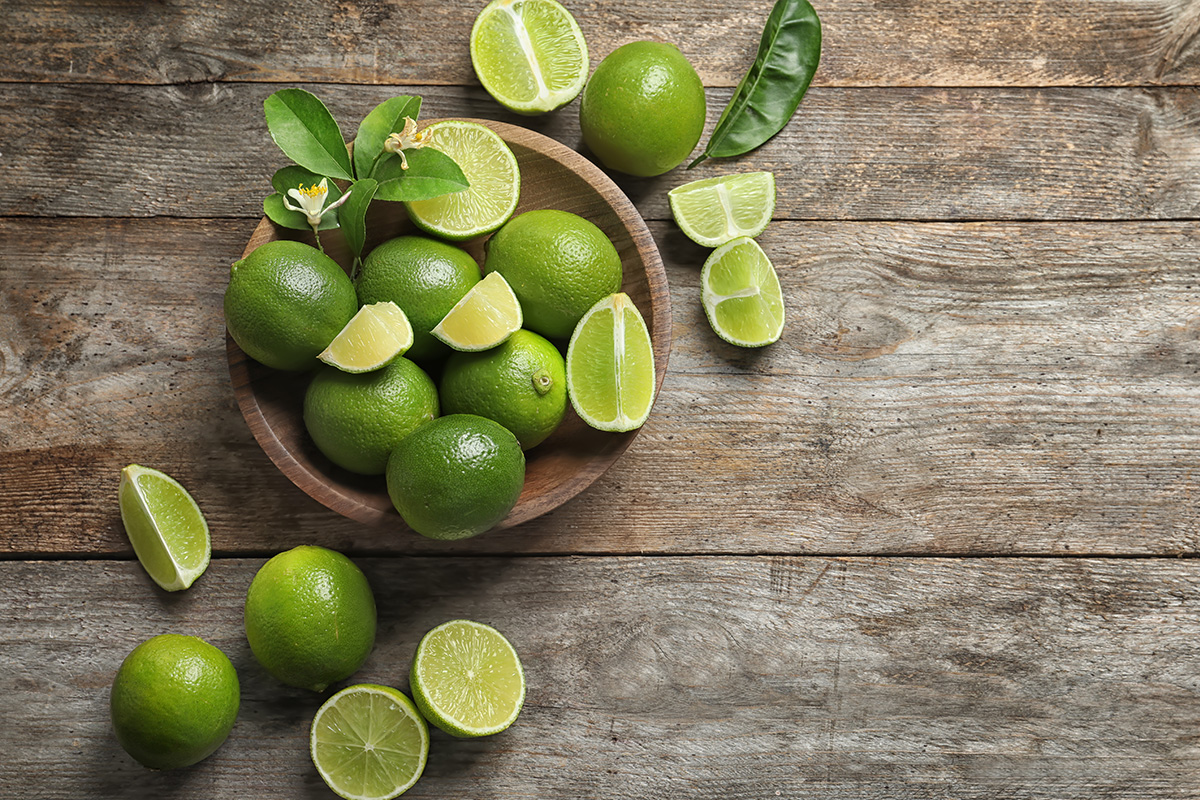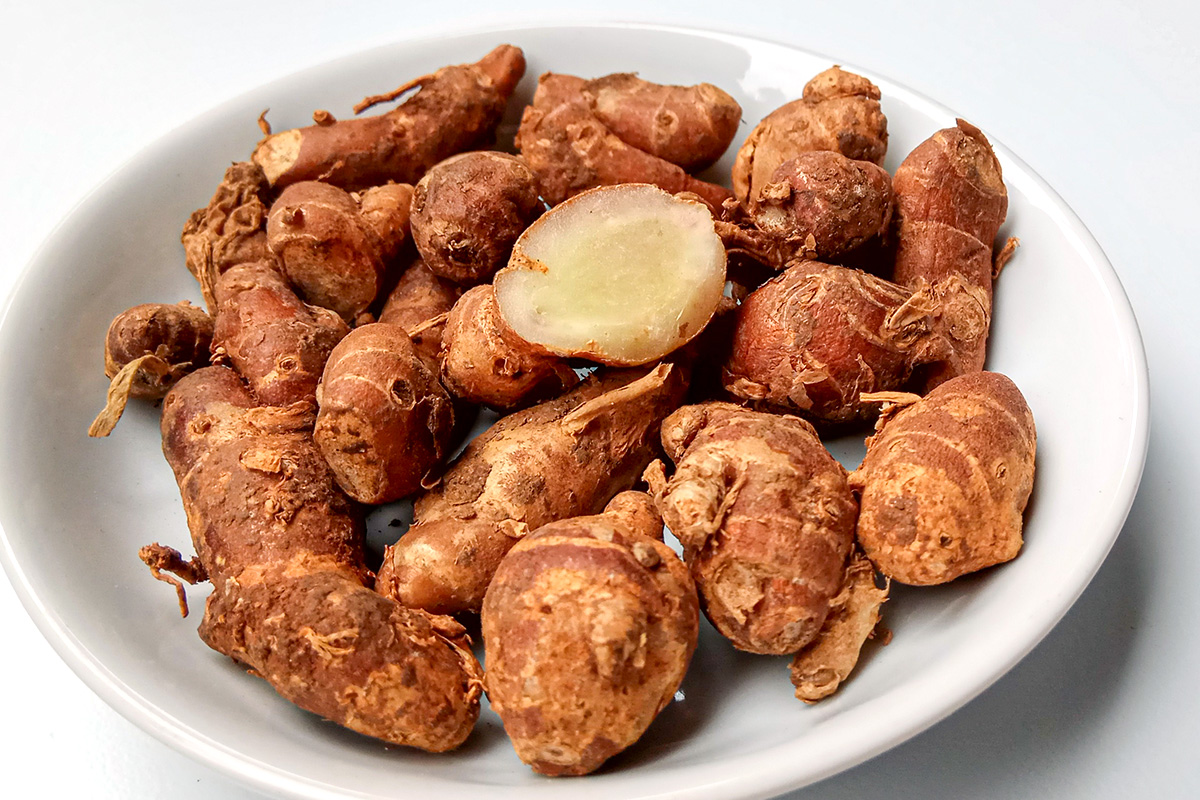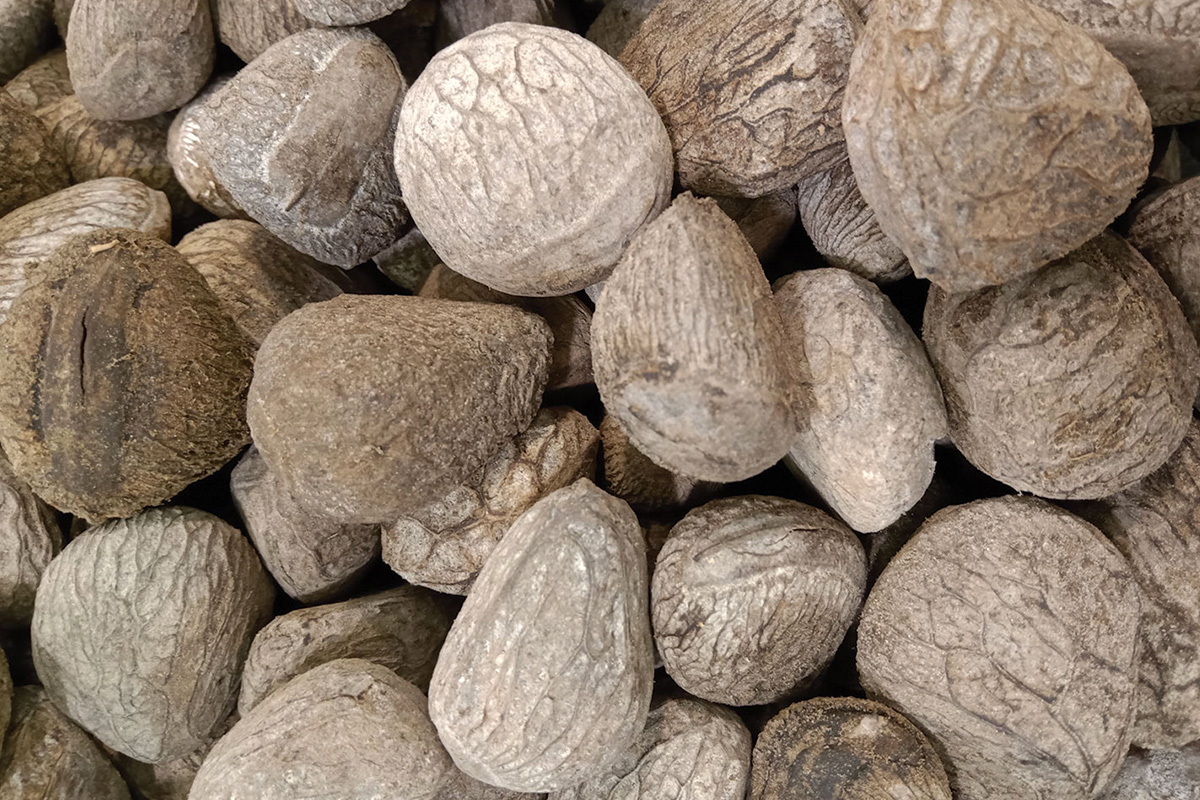Perk Up with 6 Tasteful Malaysian Drinks
Lighten your mood and rejuvenate your senses with 6 must-try Malaysian drinks!
Discover the authentic in Asian cuisine food
Around the World, Asian Pantry

Indonesia is a nation of islands. From Sumatra, Java, Bali, and the Nusa Tenggara cluster in the west; to Kalimantan (South Borneo) the Sulawesi and Maluku islands, plus Papua in the east – the equatorial archipelago intersection between the Global East and Australia. Although the most populous Muslim country in the world, Indonesia is a democratic republic and not a theocratic monarchy like say, Saudi Arabia. The resource-rich islands’ thousands-of-years-old trading legacy has brought many people to settle and live here, enriching the diverse indigenous cultures since ancient times. Today, over 300 ethnic groups call Indonesia home, and with them comes a vibrant food culture, fused, adapted and evolved from many traditions.
Every Indonesian region has its own flavours. Sumatran cuisine has touches of Middle Eastern and Indian tastes, with the signature Gulai curry. Javanese cuisine is deeply indigenous, with hints of Chinese cooking. In the eastern islands, the food is similar to Polynesian and Melanesian cuisines. Of the lot, Sumatran cooking is probably the most common and wide-spread in Southeast Asia, influencing the local tastes, especially in Malaysia and Singapore.
So, when it comes to Indonesian flavours, ‘complex’ is an understatement; combining savoury hot and spicy with a rich balance of sweet, salty, sour and bitter. Well-cooked in stir-fries, soups, grills, roasts, as well as boiled and steamed delights.
Nasi Goreng fried rice, Gado-gado peanut sauce salad, skewered roast meat Satay, sumptuous Rendang beef curry, and soothing Soto chicken soup are considered national dishes; while the vegan favourite Tempeh is a Javanese invention. These are but a small sample of what Indonesian food has to offer.
And you too can cook and enjoy them in the comfort of your home. All you need are the following ingredients, and you can easily find them at your local Asian grocer.

Fragrant long leaves of a tropical plant that has been cultivated in Southeast Asia since ancient times. Pandan leaves exude a vanilla-like aroma with a mild grassy touch. Often tied in a knot and added to sweet drinks and desserts. A core ingredient in many yummy Indonesian recipes, like the Wedang Ronde glutinous rice balls, the Balinese black rice pudding Bubur Injin, and many more. You can also use it as a cake flavouring by crushing the leaves into a paste.

Assam or Tamarind is a pod-like fruit that gives the unique sour notes in Indonesian food. Available in dried pod-form, mashed and compressed into coffee-coloured blocks, and the most convenient, though less flavourful, pulped or paste form. You’ll need to peel and ground dried tamarind for use. For the blocky, ‘wet’ tamarind: break off a small chunk, soak in hot water, and then sieve to retrieve the pulps and puree them. Tamarind makes magnificent Indonesian seafood and chicken dishes; as well as a key ingredient in Serundeng, a savoury traditional condiment.

Fermented soybean cakes with a distinct nutty flavour. In recent years, Tempeh has become almost as popular as tofu among vegans as a meat-substitute and protein source. In Indonesia, it is most commonly enjoyed as a yummy deep-fried treat seasoned with garlic and chilli; or if you’re feeling adventurous, try Tempeh in this Modern Asian salad special.

Finely ground shrimps fermented with salt into a paste. Available in chunky brown block form, or bottled. A must-have in Indonesian cooking that brings an extra savoury taste to stir-fried dishes; as well as a base ingredient in Sambal – the thick, savoury chilli sauce that defines Indonesian spiciness in a variety of authentic dishes. Sambal is also available premade, but making your own is so much tastier – mix shrimp paste with finely sliced shallots, bird’s eye chilli, garlic, and galangal; then add a dash of lime juice, and ground it into a paste. If you plan to savour Sambal as a regular condiment, use a blender to make more; store in an air-tight container and keep it in your fridge.

This fragrant, sour cutie is essential in Indonesian cooking. Lime juice, leaves and rind are used in the classic Bika Ambon cake, as a condiment for meat and seafood yummies, Gado-gado salad, and this award-winning Soto special.

Kecap Manis sweet soy sauce is an all-purpose ingredient in Indonesian cooking, for its extra savoury taste that combines saltiness with palm sugar sweetness. It is much thicker than regular soy sauce and is a must-have in Indonesian fried rice, plus a great variety of awesome dishes.

The sap of coconut palm tree flowers, boiled to caramelized sugar; then cooled into golden-brown cakes and mounds. Firm but easy to cut. It gives a rich complex flavour that’s less sweet than other sugars, with a smoky, butterscotch taste. Used in Indonesian marinades, beef floss and delicious desserts.

Fried shallot is a signature Indonesian garnish, sprinkled on stir-fries, soups, and almost any kind of meal dishes. You don’t even have to fry them yourself. Well-preserved fried shallots are available in packs and containers from your Asian grocer.


Known as ‘Kencur’, this reddish-brown rhizome is unique to Indonesian cuisine. Used sparingly for its camphor-like flavour in veggie coconut stew Sayur Lodeh (to substitute galangal), and the famous Balinese duck curry Bebek Betutu. Kencur is also available as a powdered spice.

Or ‘Kemiri’ in Indonesia, candlenuts have a similar texture to macadamias with a slightly more bitter flavour. Often ground and mixed with other herbs and spices for curries and sauces. Just two or three is enough for most recipes. Try it in this fried noodles and meatball special, a delicious sauce for grilled fish, or go full Balinese style!

Also spelled ‘Keluak’, this nut-like seed of the Kepayang tree from mangrove marshlands is probably the least known of Indonesian ingredients. Processed by boiling, then buried in the ground for 40 days to ferment and neutralize its natural toxins. When cracked, the meat is described to taste like dark chocolate, olives and mushroom. Some even call it the Asian black truffles. Kluwak is most commonly used in the Javanese beef stew Rawon.

Lighten your mood and rejuvenate your senses with 6 must-try Malaysian drinks!

Pair your hearty barbecues with these refreshing Asian delights!

What are the properties of ginger, and how to pick, store and use ginger in your cooking? Find out here!